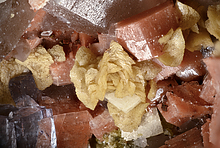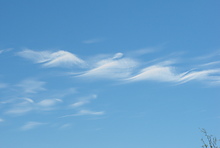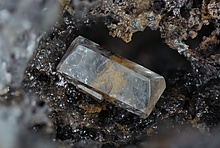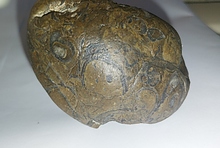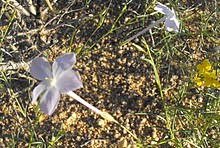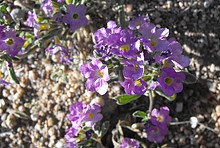Learning CenterWhat is a mineral?The most common minerals on earthInformation for EducatorsMindat ArticlesThe ElementsThe Rock H. Currier Digital LibraryGeologic Time
搜索矿物的性质搜索矿物的化学Advanced Locality Search随意显示任何一 种矿物Random Locality使用minID搜索邻近产地Search Articles搜索词汇表更多搜索选项
╳Discussions
💬 Home🔎 Search📅 LatestGroups
EducationOpen discussion area.Fakes & FraudsOpen discussion area.Field CollectingOpen discussion area.FossilsOpen discussion area.Gems and GemologyOpen discussion area.GeneralOpen discussion area.How to ContributeOpen discussion area.Identity HelpOpen discussion area.Improving Mindat.orgOpen discussion area.LocalitiesOpen discussion area.Lost and Stolen SpecimensOpen discussion area.MarketplaceOpen discussion area.MeteoritesOpen discussion area.Mindat ProductsOpen discussion area.Mineral ExchangesOpen discussion area.Mineral PhotographyOpen discussion area.Mineral ShowsOpen discussion area.Mineralogical ClassificationOpen discussion area.Mineralogy CourseOpen discussion area.MineralsOpen discussion area.Minerals and MuseumsOpen discussion area.PhotosOpen discussion area.Techniques for CollectorsOpen discussion area.The Rock H. Currier Digital LibraryOpen discussion area.UV MineralsOpen discussion area.Recent Images in Discussions
GeneralLight Sensitivity

16th Apr 2012 23:08 UTCTony H. Gill Expert
I was wondering if it is possible to protect and display a specimen that may be sensitive to light. I was think some form of localised protection, perhaps on the cabinet glass protecting the specimen from direct Sunlight or a more localised protection - perhaps a specialised dome over the specimen itself? Anybody have any ideas?
Thanks
Tony

17th Apr 2012 00:37 UTCAlfredo Petrov Manager
I've sometimes wondered whether one could tune the colours of one's illumination. We know that realgar is damaged mainly by green light, so theoretically if we illuminated its case with only red light it should look nice and be safe. Does any similar research exist for other light-sensitive species?

17th Apr 2012 15:28 UTCPeter Lyckberg Expert

17th Apr 2012 17:50 UTCHolger Klapproth

17th Apr 2012 22:50 UTCTony H. Gill Expert
Was thinking some form of clear filter would do it whilst allowing you to see the specimen.
Thanks
Tony
17th Apr 2012 22:59 UTCJolyon Ralph Founder
That would work for minerals which were UV sensitive - unfortunately many minerals are sensitive to visible wavelengths.
Joylon




版权所有© mindat.org1993年至2024年,除了规定的地方。 Mindat.org全赖于全球数千个以上成员和支持者们的参与。
隐私政策 - 条款和条款细则 - 联络我们 - Report a bug/vulnerability Current server date and time: 2024.4.18 23:51:14
隐私政策 - 条款和条款细则 - 联络我们 - Report a bug/vulnerability Current server date and time: 2024.4.18 23:51:14

